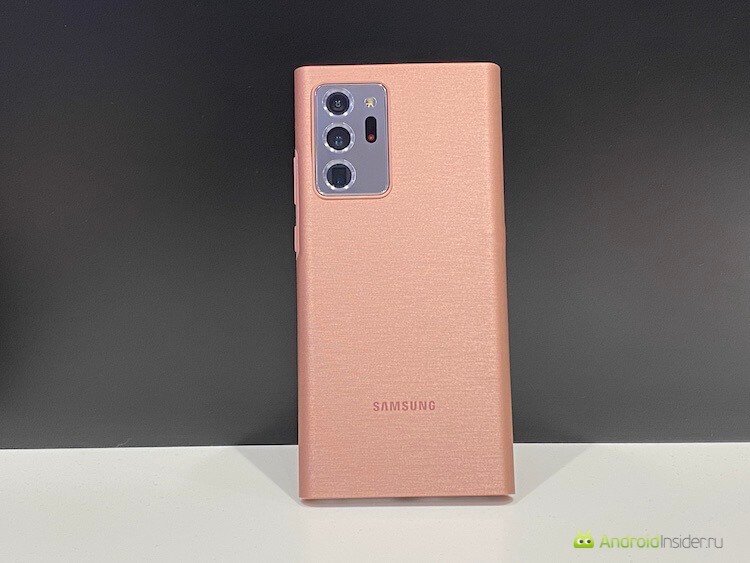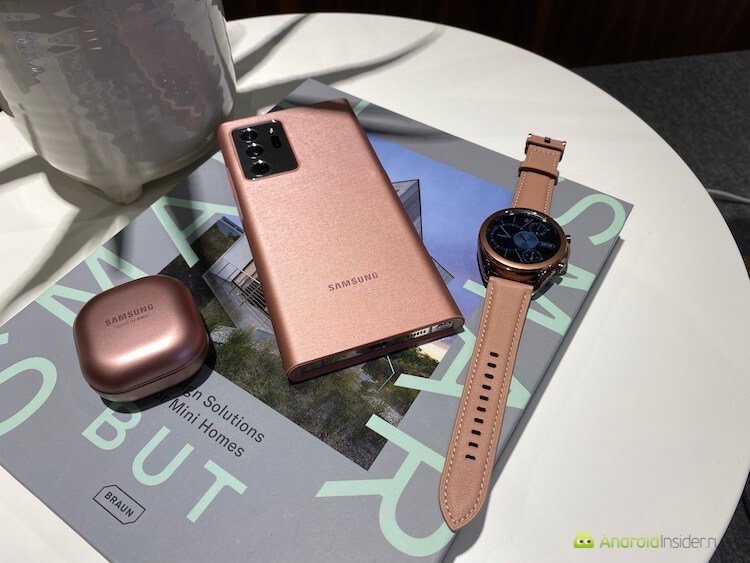It's no secret that Samsung has recently become the real flagship of the smartphone screen industry. It is this company that can offer the market such solutions that everyone will want to buy them. For all its shortcomings, it is the displays that are a huge plus of the Korean brand's smartphones. In the Samsung Galaxy Note 20 Ultra, which was unveiled last week, the company has applied technology that it can be proud of. Now Samsung has said it will make such displays commercially available. That is, it will ship them to other manufacturers. Accordingly, even those who, for one reason or another, do not like Samsung smartphones will be able to get such a display in the near future.

This smartphone can bring much more to the industry than just itself.
Automatic frame rate adjustment
I'm talking about the adaptive refresh rate displays that actually premiered last week with the new generation of the Note series. The company said in a statement that the technology is primarily intended to reduce the power consumption of a smartphone by changing its refresh rate on the fly depending on the usage scenario.
The maximum refresh rate of the display is 120 frames per second. This speed is mainly needed only for games and when flipping through the interface. If you are watching a video with a frame rate of 60 or even 30 frames per second, then you simply do not need such a refresh rate and you can refuse it, reducing the load on the battery.
A further drop in refresh rates to 30 and even 10 frames per second is realized when users send emails or browse social media. Samsung Display believes it has solved the problem of flickering commonly seen by the human eye at low frame rates by improving the technology on the board itself and processing the image that enters it.

The display of this smartphone is cooler than it sounds.
Samsung's new development
This is not to say that the company came up with something revolutionary, as adaptive frame rate has been present in some other phones for a long time. For example, the Google Pixel 4 boosts the display rate from 60 to 90 frames per second when displaying certain types of content. But Samsung's solution seems to offer much finer control, faster response times and the ability to drop refresh rates to the lowest possible values.
Using a variable refresh rate on a display can be compared to changing the CPU processing speed on the fly. When the chipset does not need to operate at a high frequency or needs to adjust the limiting, for example, when the battery is critically low. In this case, it simply lowers the clock frequency and thus uses less power.
The use of such technology is perhaps even more justified if it is revised and applied to displays. For example, why do you need 120 frames per second when scrolling through the tape Instagram and why do you have to suffer at 60 frames per second in games, if the system allows more?

The ruler is large, and the screen was able to stand out against it.
How to save your phone battery
Samsung Display also notes a dramatic reduction in power requirements with this technology. The company claims that its variable refresh rate panels consume 22% less power than conventional “existing smartphones”.
This does not mean that the smartphone will last 22% longer on a single charge, as this is only the display efficiency. In addition, there is also the consumption of the processor, memory, communication modules and others. But the display, as a rule, is the main consumer of energy, if we are not talking about the operation of a smartphone in modem mode or about performing complex calculations.
Samsung also believes that the biggest effect, even overshadowing the claimed 22%, can be seen when still images are displayed at 10Hz. It can be a real boon when you are processing photos or reading books from your phone screen. Remember how pages changed on e-ink screen readers. It simply “flipped” in a few steps, but once every several tens of seconds such delays are not a problem at all. Moreover, everything will not be so bad in a smartphone.

The camera is good, but display technology also needs to be developed.
New phone display
Apparently, now displays with such technology will begin to appear en masse, but it is too early to say what kind of devices they will be. However, it can be assumed that even Apple will purchase such technologies from Samsung. Although, the company now focuses on displays from other manufacturers, including LG and Sharp.
Given how low refresh rates can be to save power in certain situations, devices with variable refresh rates could theoretically be more efficient than traditional phones with panels set to 60Hz.
More efficient screens may also affect future smartphone design. Batteries and device sizes in flagships have grown steadily. Better screen technologies can reduce battery capacity (or simply stop growing) and overall phone size without noticeably reducing battery life.
